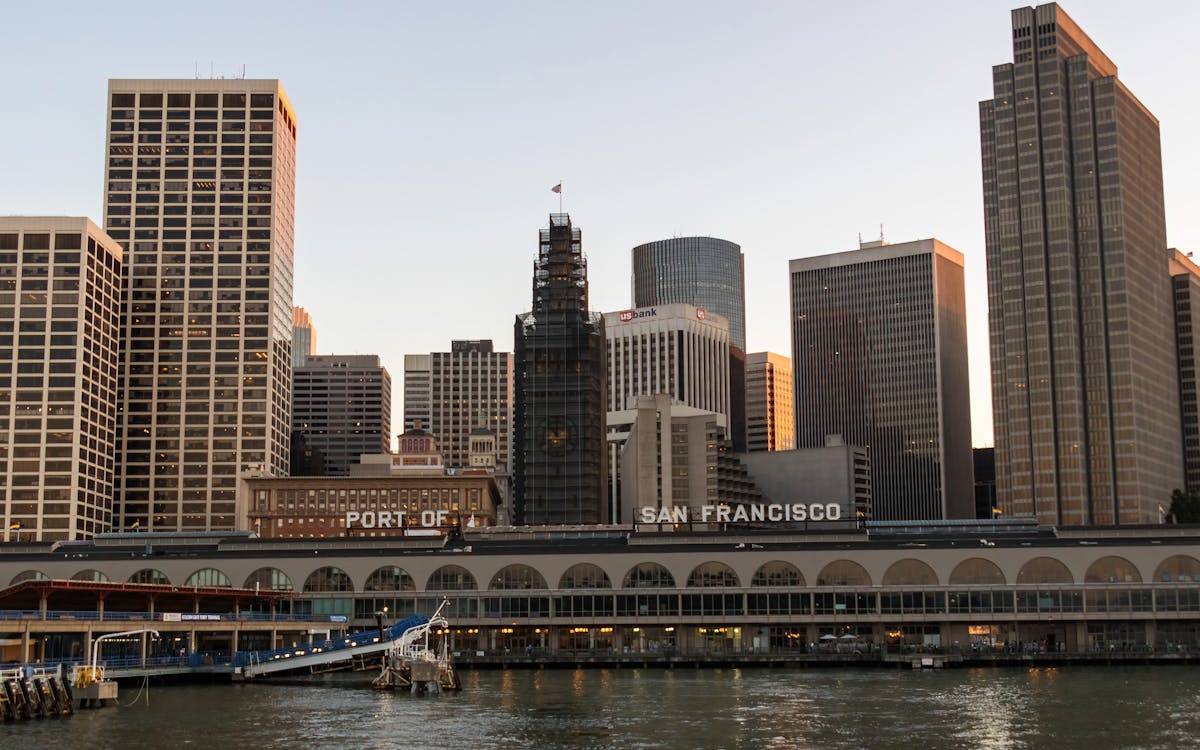
Why Restoration Matters More Than Ever in the Bay Area
Over the last couple of years, the San Francisco Bay has actually weathered the impact of urban expansion, industrial growth, and environment adjustment. When including wildlife and lush marshes, many of the bay's natural ecosystems have been fragmented or weakened. Yet in the middle of these difficulties, something exceptional is occurring: local homeowners, volunteers, and grassroots efforts are leading a wave of environmental reconstruction that's bringing brand-new life back to the Bay.
Remediation isn't just about growing trees or cleaning up garbage, though those efforts are important. It's concerning reconstructing the structures of life, from marsh yards that support fish baby rooms to shoreline barriers that guard against flooding. And in this area, the power of community participation is turning the tide really reasonably.
From Marshland to Miracle: The Return of Native Habitats
Among the most visible adjustments occurring in the Bay Area is the re-emergence of indigenous habitats. Wetlands that were as soon as drained or paved over are being rehydrated and replanted. Yards and shrubs native to the area are being grown by community groups, that commonly rely on regional volunteers to aid expand seedlings and handle regulated planting occasions.
These indigenous plants do greater than add greenery to the landscape. They use haven to migratory birds, pollinators, and small animals, producing pockets of biodiversity in the middle of active urban zones. As these habitats expand, so does the environmental wellness of the Bay itself. When neighborhood homeowners take time out of their weekend breaks to obtain their hands in the dirt, they're not simply growing-- they're joining the reconstruction of a living, breathing ecosystem.
The Role of Education in Fostering Environmental Stewards
Education plays an important part in why these community-led efforts are working so well. Schools, neighborhood centers, and not-for-profit teams are organizing hands-on knowing experiences where participants of all ages can understand the scientific research and value of reconstruction. These programs usually bring individuals in person with issues like disintegration, air pollution, and water level increase-- subjects that can feel abstract until they're seen up close.
When a person sees the delicate balance of a tidewater or learns how a solitary plant species can filter contaminants from the water, the worth of that knowledge comes to be personal. And with that understanding comes the inspiration to act. Restoring communities ends up being much less of a task and more of a mission. This deep link to local areas is what sets the Bay Area apart and fuels the long-lasting success of these initiatives.
Taking Advantage Of the Digital World to Drive Real-World Change
Interestingly, the push to heal the Bay's communities isn't happening alone from the electronic world. Modern technology is becoming an effective device in rallying support, spreading recognition, and connecting neighborhoods. Whether via citizen science applications that track indigenous species or neighborhood discussion forums organizing remediation occasions, the online area is matching boots-on-the-ground action.
Over the last few years, also local outreach techniques have progressed. As an example, a social media marketing agency in the Bay Area might sustain ecological projects by assisting volunteers enhance their impact, inform their tales, and influence others to get involved. These electronic touchpoints have the power to turn a small weekend break cleaning into a local motion simply by allowing individuals know it's taking place-- and that it matters.
Email Campaigns That Inspire and Inform Local Change-Makers
Another digital approach making a substantial difference is e-mail communication. Updates concerning reconstruction events, seasonal growing efforts, and contribution drives are commonly shared with carefully crafted e-newsletters that strike a balance between being useful and motivating. It's not official website uncommon for a well-timed project from an email marketing agency in San Francisco to bring a rush of volunteers or donations to a task in need.
These e-mail campaigns aren't just transactional-- they're transformative. By informing clients about the direct effect their participation has, they support long-term engagement. Visitors involve feel like stakeholders in the health of their region, and that emotional connection equates to lasting dedication.
The Unseen Work of Connecting Data, Communities, and Nature
Behind every effective reconstruction project lies a complex web of coordination. There's research study to comprehend what habitats need most, neighborhood comments to form inclusive strategies, and follow-up surveillance to make certain success. This sort of recurring effort often requires not simply heart, but information, technique, and interaction.
That's where the assistance of a digital marketing company in the Bay Area can make a peaceful but important difference. By aiding organizations build solid digital systems, gather understandings, and fine-tune their messaging, these teams make it possible for neighborhood teams to scale their effect. The outcome is a much more linked and effective movement, where every activity counts, and everyone feels like they're component of something bigger.
The Power of People in Preserving the Bay's Future
If there's one point the Bay Area has confirmed, it's that remediation does not have to begin with large organizations or huge spending plans. It can begin with one neighbor drawing weeds from a route, one trainee growing an indigenous sapling, or one household turning up to a shoreline clean-up. These tiny activities add up, particularly when they're supported by wise techniques and shown the wider neighborhood.
There's something distinctively confident concerning seeing the tides transform-- both figuratively and literally-- in favor of nature. The Bay is much from fully brought back, but it's being revived each day via the perseverance and care of those who call this location home. With each marsh rebuilt and each indigenous varieties protected, we're not just bring back ecological communities-- we're envisioning what's feasible when neighborhoods lead with objective.
Keep following this blog for even more stories on local adjustment, community influence, and the methods you can be part of securing the natural charm that borders us.